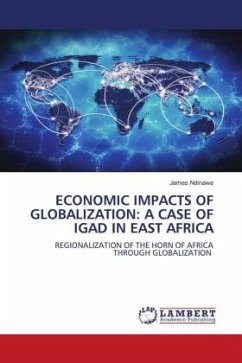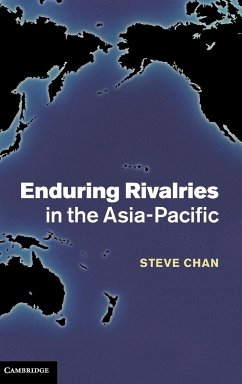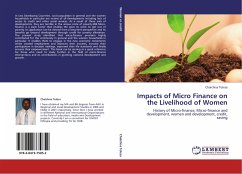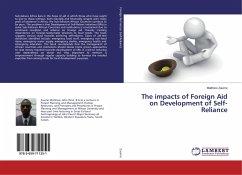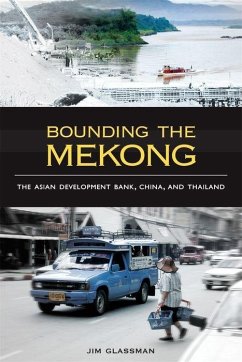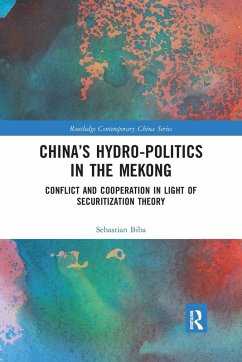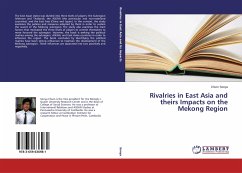
Rivalries in East Asia and theirs Impacts on the Mekong Region
Versandkostenfrei!
Versandfertig in 6-10 Tagen
47,99 €
inkl. MwSt.

PAYBACK Punkte
24 °P sammeln!
The East Asian states was divided into three levels of players: the Subregion (Vietnam and Thailand), the ASEAN (the peninsular and non-mainland countries), and the East Asia (China and Japan). In this context, the study examines the policies and measures adopted by them in order to sustain the sound of the Mekong subregion. The study also examines the main factors that motivated the three levels of players to commit themselves to move forward the subregion. However, the book is seeking the political rivalries among the subregion, ASEAN, and East Asian countries in order to influence the regio...
The East Asian states was divided into three levels of players: the Subregion (Vietnam and Thailand), the ASEAN (the peninsular and non-mainland countries), and the East Asia (China and Japan). In this context, the study examines the policies and measures adopted by them in order to sustain the sound of the Mekong subregion. The study also examines the main factors that motivated the three levels of players to commit themselves to move forward the subregion. However, the book is seeking the political rivalries among the subregion, ASEAN, and East Asian countries in order to influence the region. The book concludes by identifying the political rivalries have been strong influences to maintain the development of the Mekong subregion. These influences are separated into two positively and negatively.



